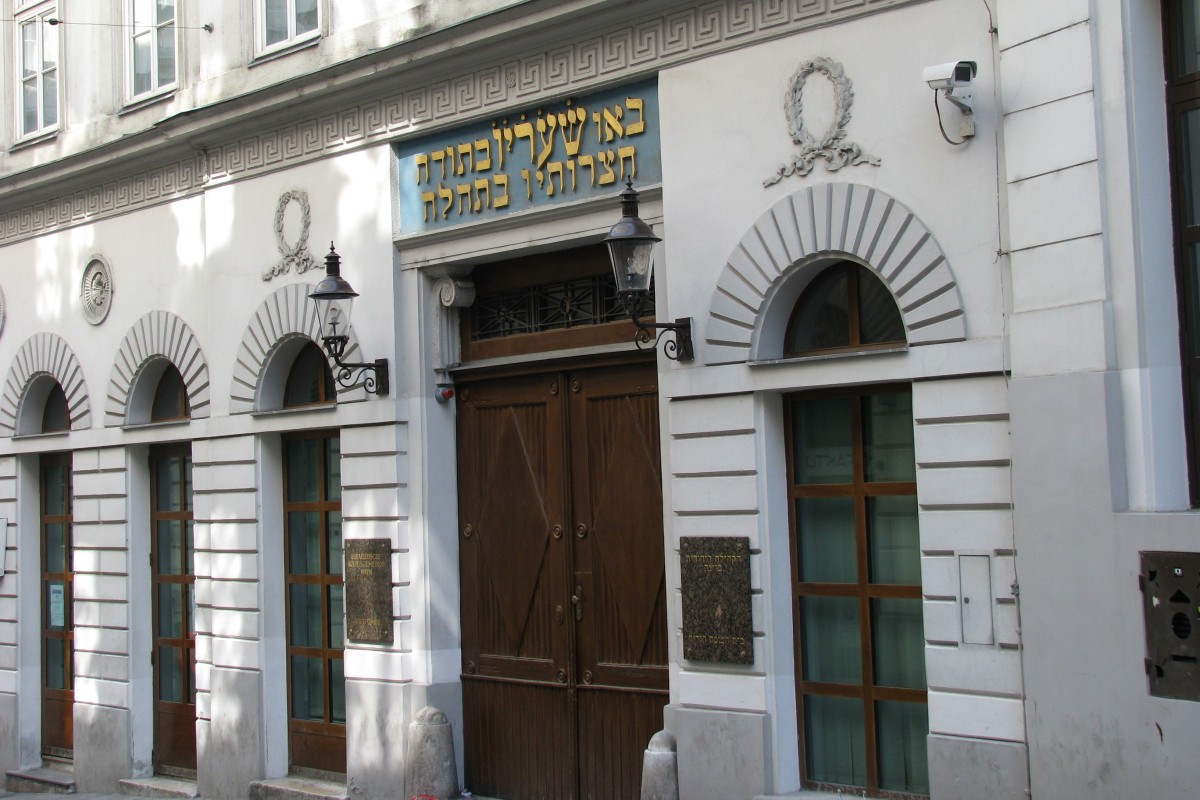Sponsored Content
Yom Kippur: Day of Atonement and Second Chances in Vienna
The Jewish holiday of Yom Kippur, the Day of Atonement, marks the end of the ten days of repentance and remembrance that begin with the New Year festival of Rosh Hashanah. In 2025, Yom Kippur begins at sundown on Wednesday, October 1 and ends at nightfall on Thursday, October 2. As the holiest holiday of spiritual repentance, it is an essential opportunity for reconciliation with God and fellow human beings and is also observed in Vienna with strict fasting and intense prayer.
 In particular, the solemn evening service in the city temple on Seitenstettengasse at the beginning of Yom Kippur traditionally attracts many believers. / Picture: © Wikimedia Commons; Bella47, CC BY-SA 3.0 (https://creativecommons.org/licenses/by-sa/3.0/deed.en)
In particular, the solemn evening service in the city temple on Seitenstettengasse at the beginning of Yom Kippur traditionally attracts many believers. / Picture: © Wikimedia Commons; Bella47, CC BY-SA 3.0 (https://creativecommons.org/licenses/by-sa/3.0/deed.en)
According to the Jewish calendar, it is observed on the 10th day of the month of Tishri and always falls on different days in September or October in the Gregorian calendar. Together with Rosh Hashanah, it forms the so-called High Holidays of Judaism.
Yom Kippur is a strict day of rest and fasting, which even many non-religious Jews observe. In the Torah, the Day of Atonement is…
or Log In
Fast News Search





